Popular games for franchise Galaxian
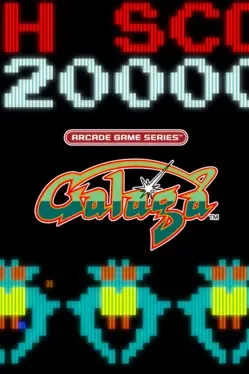
First appearing in arcades in 1981, the masterpiece GALAGA finally comes to Xbox One! Move the fighter left and right, and destroy the waves of incoming aliens in this space-age shooter. Destroy all the enemies to advance to the next stage! Retrieve a captured fighter and combine into a Dual Fighter! Try your hand at Challenging Stages that appear after every few levels, and aim for a perfect score! With multiple enemy formations, the high-risk, high-reward of the Dual Fighter, and the Challenging Stages, there's plenty here for even the most hardcore players! This latest port comes with scanline and sound settings, and the option to switch between the old and new versions - perfect for true fans of the game. Experience the shining star of 80's arcades for yourself!
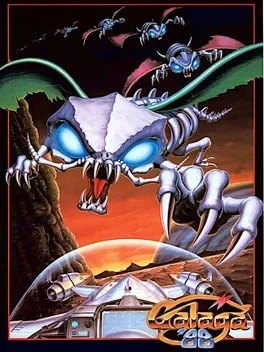
The gameplay in Galaga '88 is built on the same premise as that of the original Galaga game, but is in many ways more complex and more difficult. The game is divided into a series of 29 Stages distributed through eight Worlds. The starship Galaga accelerates between Stages and Worlds and even to higher dimensions (go to the section on Dimensional Travel below to find out more). With the exception of the third and eighth, each World culminates in a Challenging Stage. There are six such stages to engage in any full game, and each begins with the on-screen announcement "That's Galactic Dancin'!" and has its own YM2151-generated song to which the enemy formations dance. In any given Challenging Stage, both the design of the enemies and their dancing formations shall vary according to the player's current Dimension. As in Galaga, the objective is to destroy all forty enemies before they fly away off the screen. However, refraining completely from touching any controls for the duration of a Challenging Stage awards a "secret bonus" ranging in value from 10000 to 25000 points, and equal to the "special bonus" which would have been awarded for destroying all forty enemy aliens instead. Galaga '88 introduces a variety of new enemies and behaviors. Most of these special enemies are worth varying amounts of bonus points when destroyed. Some enemies can combine into larger enemies which take multiple hits to destroy, while others arrive in eggs, explode in a shower of fireworks, grow with multiple hits, or sport armor which makes them invincible while in formation. Certain enemies drop small formations of tiny creatures that wiggle their way down the screen, and still others can act as escorts to incoming groups of enemies and then quickly dive at the player before leaving the game. Most stages also include various obstacles which appear once the enemy formation has been assembled. These can be destroyed with either one or several shots, and the first one on each stage will leave a "Warp Capsule". At the start of the game, the player can select how many Galaga starships to start with (one or two), affecting their number of remaining lives. The game ends after the final boss is defeated (or when the player's last ship is destroyed or captured) - in the latter case, the player can continue the game for an additional credit. The Game Over screen shows the player's hit-miss ratio and a visual representation of their progress. If the player reaches Stage 27, the game also shows a picture of the final boss (damaged if defeated, but silhouetted if not). If the arcade operator has set the "continue" option to "on", the player also cannot continue if he is defeated on Stages 27-29.
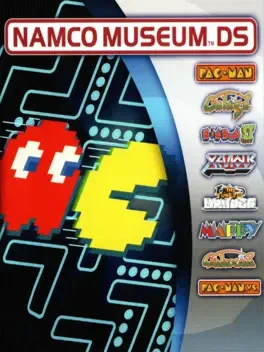
A collection of Namco classics for the Nintendo DS.
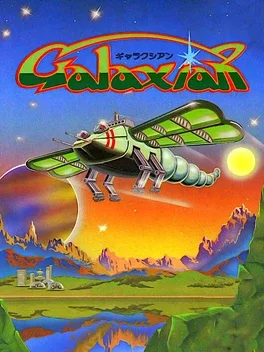
Galaxian is a shooter arcade game developed by Namco in 1979. It was released by Namco in Japan and a few months later by Midway Games in North America. The game was developed to compete with Taito Corporation's Space Invaders, released a year earlier, and featured a similar space theme. The player controls a space ship in the bottom part of the screen and shoots at enemies descending from the top of the screen. The game was received very well by the public and has continued to be a game with a competitive community to this day. It was followed by a successful sequel called Galaga in 1981 and two less known sequels called Gaplus in 1984 and Galaga '88 in 1987. Galaxian was one of the most popular games in the golden age of arcade video games.
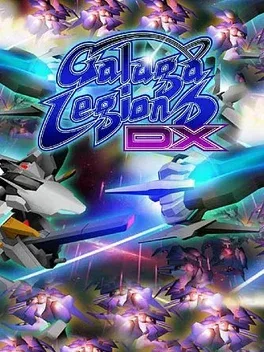
The legendary hit arcade shooter returns with Galaga Legions DX! Featuring a new twist on the classic gameplay, slick new graphics and devastating weapon power-ups, the fate of the galaxy lies in your hands! Board your fighter and prepare to defend Earth from wave after wave of relentless aliens. Target your enemies' critical weak spots to earn bonuses and rack-up an astronomical score! Blast your way through unique levels and epic boss battles on your mission to defend the galaxy and prevent an intergalactic catastrophe!
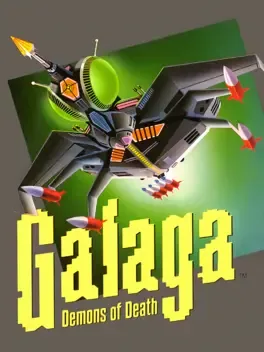
Classic arcade shoot ‘em up Galaga was faithfully recreated for the home in this acclaimed NES version.
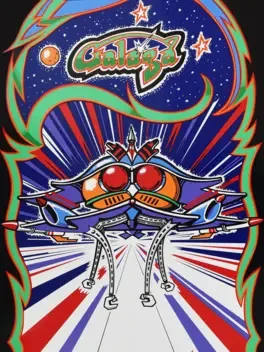
The objective of Galaga is to score as many points as possible by destroying insect-like enemies. The player controls a starfighter that can move left and right along the bottom of the playfield. Enemies swarm in groups in a formation near the top of the screen, and then begin flying down toward the player, firing bombs at the fighter. The game ends when the player's last fighter is lost, either by colliding with an enemy or one of its bullets, or by being captured. Galaga introduces a number of new features over its predecessor, Galaxian. Among these is the ability to fire more than one bullet at a time, a count of the player's "hit/miss ratio" at the end of the game, and a bonus "Challenging Stage" that occurs every few levels, in which a series of enemies fly onto and out of the screen in set patterns without firing at the player's ship or trying to crash into it. These stages award a large point bonus if the player manages to destroy every enemy. Another gameplay feature new to Galaga is the ability for enemies to capture the player's fighter. While the player is in control of just one fighter, a "boss Galaga" (which takes two shots to kill) periodically attempts to capture the fighter using a tractor beam. If successful, the fighter joins the enemy formation. If the player has more lives remaining, play resumes with a new fighter. The captured fighter flies down with the enemy that captured it, firing upon the player just like normal enemies, and can be shot and destroyed. The player can free the fighter by destroying the boss Galaga while in flight, causing the captured fighter to link up with the player's current fighter, doubling his or her firepower but also making a target twice as large. Galaga has an exploitable bug that can cause the attackers to stop firing bullets at the player, due to a coding error. In addition, similar to the famous "Split-Screen bug" in Pac-Man, a bug exists in Galaga in which the game "rolls over" from Level 255 to Level 0. Depending on the difficulty setting of the machine, this can cause the game to stall, requiring that the machine be reset or power-cycled in order to start a new game.
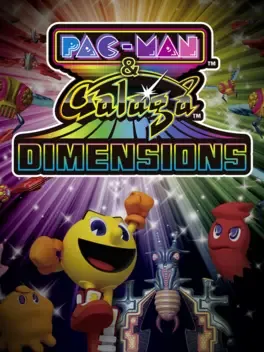
Includes Pac-Man, Galaga, Pac-Man Championship Edition, Galaga Legions, Pac-Man Tilt and Galaga 3D Impact, the last two of which are exclusive to this compilation.
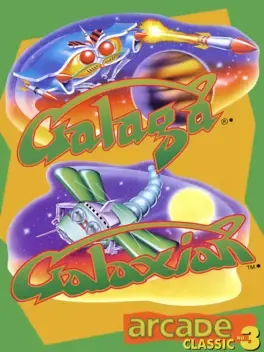
A compilation of two classic arcade titles, Galaga and Galaxian ported over to the Game Boy and features original gameplay features. It is also Super Game Boy compatible complete with background borders that replicate their original arcade machine casings.
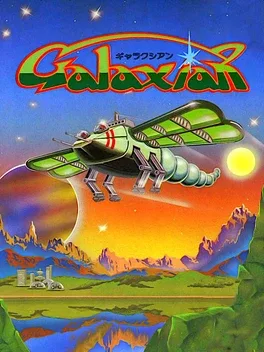
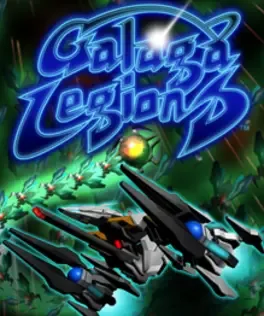
Galaga Legions is an Xbox Live Arcade exclusive video game created by Namco Bandai Games. The title was developed by the same team who created Pac-Man Championship Edition. This game is also included in the Namco Museum Virtual Arcade collection, and in Pac-Man & Galaga Dimensions for Nintendo 3DS. A DX version of the game was released on Xbox Live Arcade as part of the Namco Generations series on June 29, 2011, with the PlayStation Network version released in August 2, 2011.
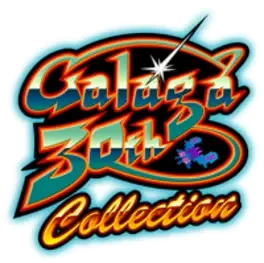
The Galaga 30th Collection universal app will act as a hub for the Galaga universe across all iOS devices. iPhone, iPod touch and iPad owners will be able to experience the celebrated Galaga franchise at the tips of their fingers.
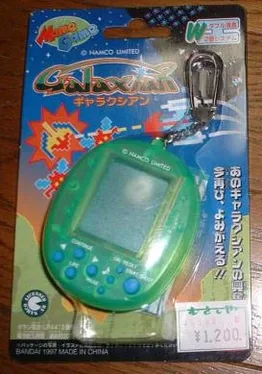
A port for handheld devices.
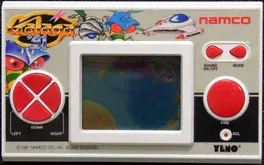
A medal game released in Japan. Part of Namco's Shooting Medal series. Players used an attached gun to shoot coins at on-screen targets.
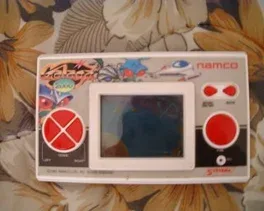
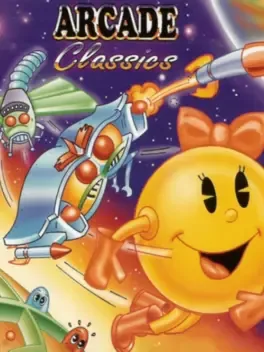
Namco compilation, consisting of three games. Galaxian, Galaga and Ms Pacman. Conversions of three Namco classics including Galaxian, Ms Pac-man and Galaga. NAMCO took special interest in this project even though they weren't directly involved with the development of the CD-i version, the quality of the Intellectual Property had to be maintained. This went as far as the packaging itself which is detailed in the below Suggestive Themes boxout. Philips ADS were given a Pac-man arcade board with the chipset for Ms Pac-man to wire up so they had everything to do a decent conversion. It wasn't a straight port however, the entire game was upgraded to a 256 colour palette and also extra levels were added courtesy of Johnny Wood and authorised by NAMCO.
Second sequel to Galaxian3. Released as a bonus game in the PlayStation conversion of Galaxian3.
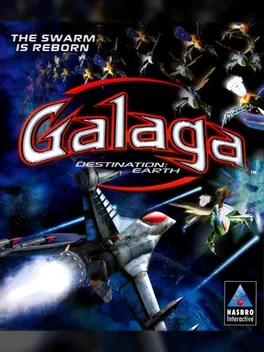
Galaga, the "slide-and-shoot" arcade classic from 1981, has been updated with nine new worlds, 3D graphics, futuristic backgrounds and more in GALAGA -- Destination: Earth. Like in the original game, you begin this enhanced version of Galaga controlling a ship that moves horizontally along the bottom of the playfield and fires upward at wave after wave of diving, swirling aliens that eventually fly into formation. However, unlike the original, this game, depending on what mission you are playing, features a number of other viewpoints, including over the shoulder, top down and side on. You can fire just two shots at a time, but you can gain the ability to have three shots onscreen at once. Also like the original game, GALAGA -- Destination: Earth features challenge waves in which you blast streams of enemies for points while not having to worry about your own safety. And, of course, you can let a Galaga capture your ship, then shoot your ship's captor, letting the captured ship fall to you, enabling you to double your firepower. Similar to Gaplus, the sequel to classic Galaga, this game also lets you collect beam power-ups that enable you to capture enemies, place them by your side and use their weapons.
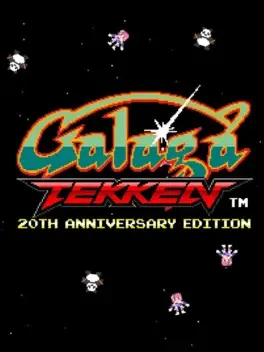
Bandai-Namco's 2015 April Fool joke becomes defictionalized with this crossover of two classic Namco franchises.
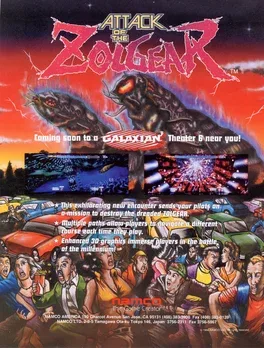
Attack of the Zolgear is an arcade game for one to six players released by Namco. It is a sequel to Galaxian3. This game used two LaserDisc players simultaneously for the outer space background, while computer generated graphics were overlaid on top. The environmental "theater" used for Galaxian 3 received this upgraded sequel in 1994.